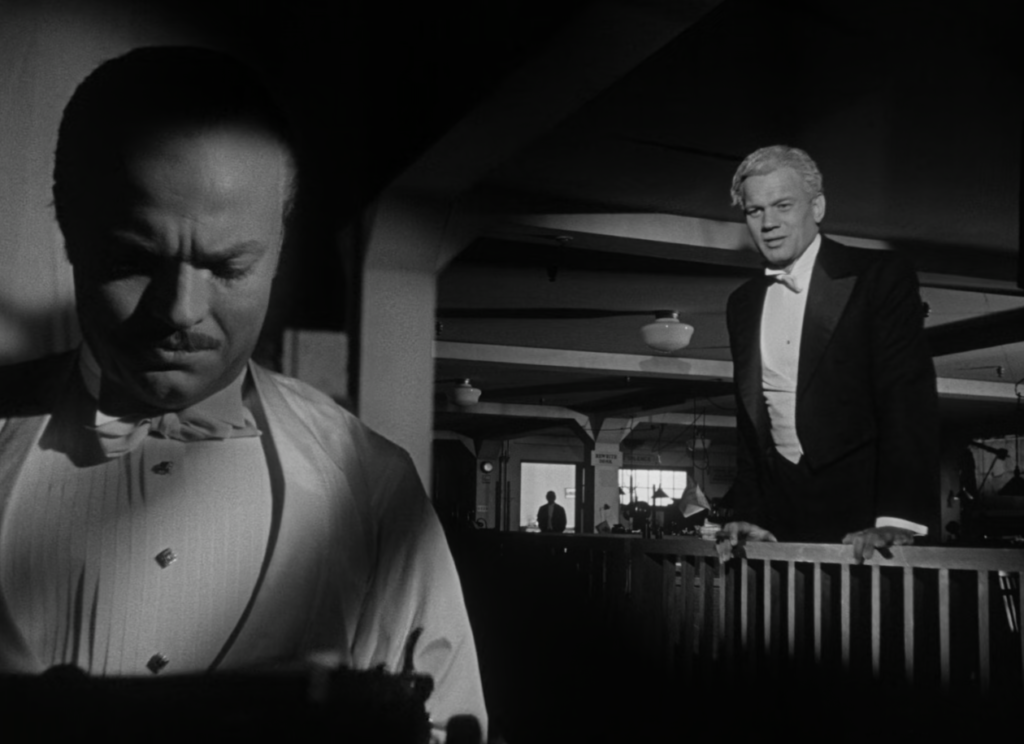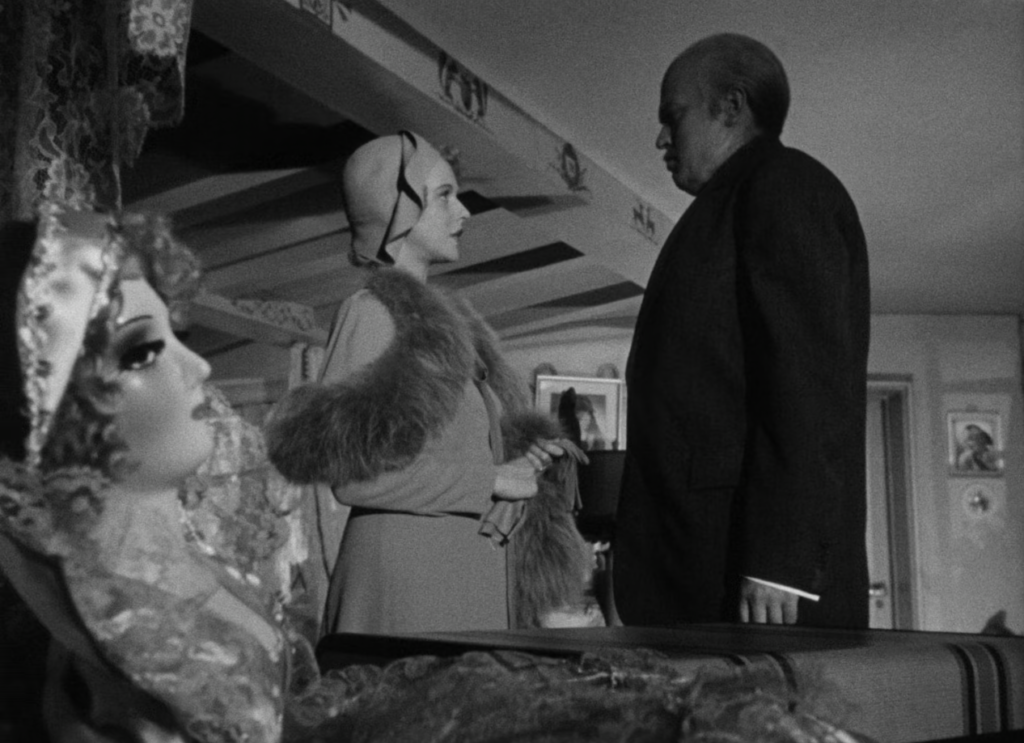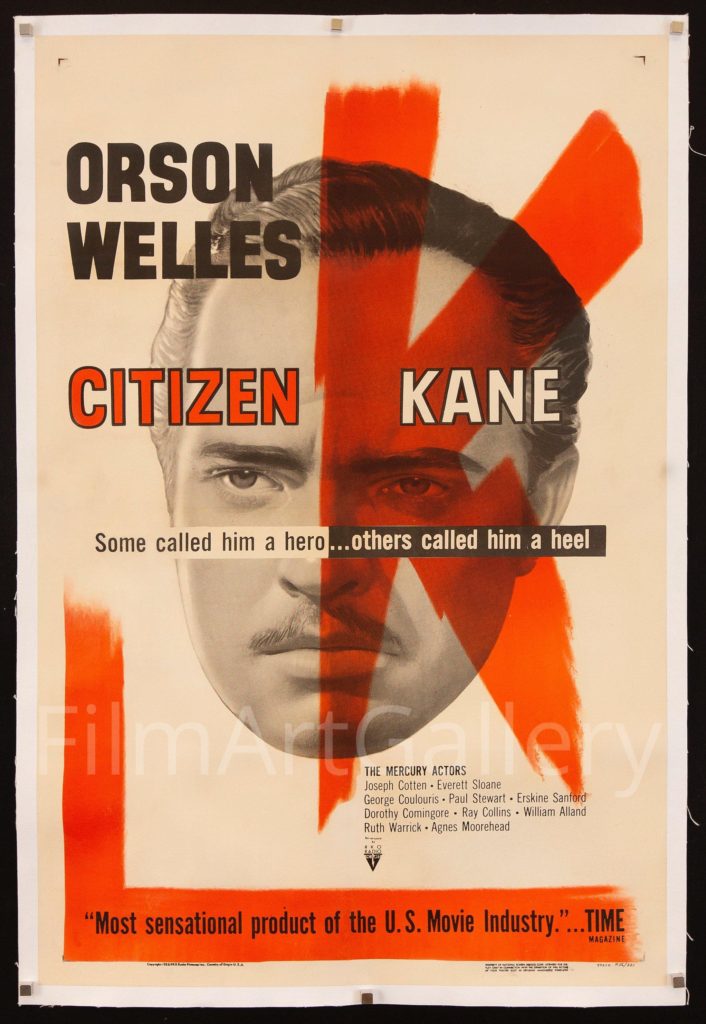‘Explain how the production context of Citizen Kane influenced the ‘look and feel’ of the end product’
Citizen Kane was produced, co-written and directed by Orson Welles who is now known as one of the most influential film makers of all time. Welles was given complete control over the whole filming process by RKO from casting the actors to having final cut privilege with a huge budget of $839,727. It was an unusual decision by RKO to let Welles have full creative freedom, especially as he was filming his first feature film which meant he had no experience in filmmaking, however, it ended up being an incredible decision as ‘Citizen Kane’ is now regarded as the ‘greatest film of all time’.
Welles used his knowledge on theatre and created detailed sets, moved the lighting [as he usually would in theatre productions] and found ways to move the camera in ways that had never been done before at the time. The most notable shots are the low-angle shots that allowed the ceilings to be in view as Welles believed that the camera should be able to see what the eye would see. This was new to Hollywood at the time as that was usually where the mics and lights were kept, making it quite inconvenient to record the audio, causing some of the ceilings to be made out of fabric so the audio could still be recorded.



